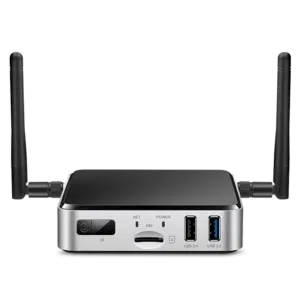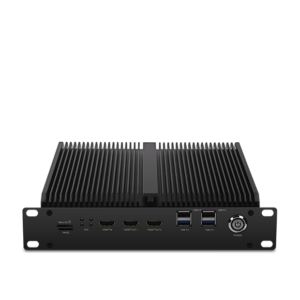Unlocking the Energy of AI on Edge Devices
Unlocking the Energy of AI on Edge Devices
Blog Article
Unlocking the Energy of AI on Side Devices
Real-World Purposes of AI on Edge Devices
Artificial intelligence (AI) is no further restricted to the kingdom of big, centralized knowledge centers. Because of developments in engineering, side products today play a vital position in deploying AI straight wherever information is generated. But what does AI on edge products mean, and why is it creating this type of buzz? Here, we'll examine how ai on edge devices works in real life through edge units and learn their wide variety of useful applications.

What is AI on Side Products?
AI on edge products refers to deploying artificial intelligence formulas on products like smartphones, cameras, drones, or IoT sensors. They do not want use of centralized servers for running data; instead, they perform examination and decisions domestically, making the procedure faster, more effective, and frequently more secure.
The "edge" here just identifies research done near or at the source of knowledge generation, rather than depending on the cloud. This change is pushed by the demands for real-time data handling and the necessity to reduce latency, increase privacy, and minimize bandwidth usage.
Key Real-World Applications of Edge AI
1. Clever Security
AI-powered cameras equipped with facial recognition, motion detection, and anomaly recognition are transforming monitoring systems. Side units in that domain may analyze movie streams in real-time to recognize suspicious actions, eliminate fake sensors, and enhance public safety. For instance, AI algorithms may find unusual activities and attentive authorities straight away without the need to deliver movie information to a central server for analysis.
2. Healthcare Checking
Wearable products and lightweight medical equipment are leveraging m.2 ai accelerator for controlling health information more efficiently. Edge-based AI in devices like health trackers and smartwatches screens users' vitals, such as for instance heartrate, air levels, or body stress, in real-time. These methods analyze data domestically and provide quick feedback, paving the way in which for quicker intervention all through emergencies.
Beyond wearables, advanced medical imaging devices designed with on-device AI can discover signs of disorders like cancer, allowing early in the day diagnoses even yet in remote areas without internet connectivity.
3. Autonomous Cars
Self-driving cars are among the absolute most well-known types of side AI in action. With detectors, cameras, and LiDAR systems helping as information resources, AI computations get place onboard these cars to make split-second decisions. From sensing pedestrians and obstacles to navigating town roads, edge AI assures that the automobile operates reliably and efficiently. The real-time handling convenience of edge devices reduces the reliance on high-latency cloud systems, ensuring safety in life-critical scenarios.
4. Retail Analytics
Side products in retail settings are supporting businesses analyze customer behavior. Wise cabinets and AI-equipped cameras can discover client preferences, check stock, and even modify in-store experiences in real time. The information generated from these devices assists retailers make knowledgeable choices, improve customer care, and enhance supply management.

5. Industrial IoT
Factories and commercial plants are adopting side AI to revolutionize their tracking and automation processes. AI-powered sensors on equipment find potential faults well before they cause expensive failures. Predictive preservation pushed by side AI reduces downtime, enhances production, and assures security on the production floor.
6. Customized Experiences in Client Units
Your smartphone is a leading exemplory instance of how side AI personalizes person experiences. Functions such as for instance voice personnel, flexible camera adjustments, and on-device language interpretation use real-time AI to react to consumer wants without giving painful and sensitive data to external servers. This fosters equally convenience and solitude for the end user.
The Rising Impact of Edge AI
The usage of AI on side products remains to rise, pushed by industries' increasing demand for low-latency, real-time computing, and better data privacy. Its programs are reshaping industries ranging from healthcare and automotive to public safety and retail. By placing AI's power closer to wherever data is generated, side units aren't only increasing effectiveness but also demonstrating the limitless possible of development in the current related world. Report this page